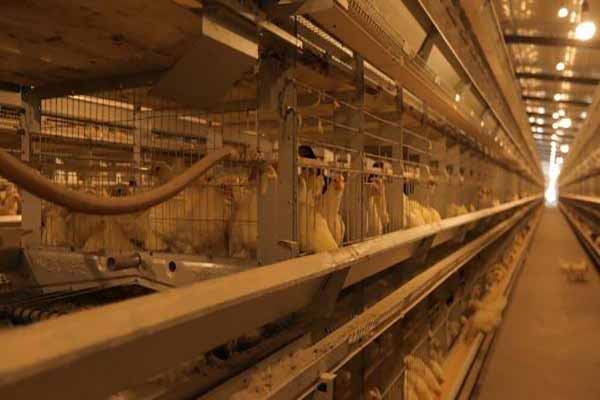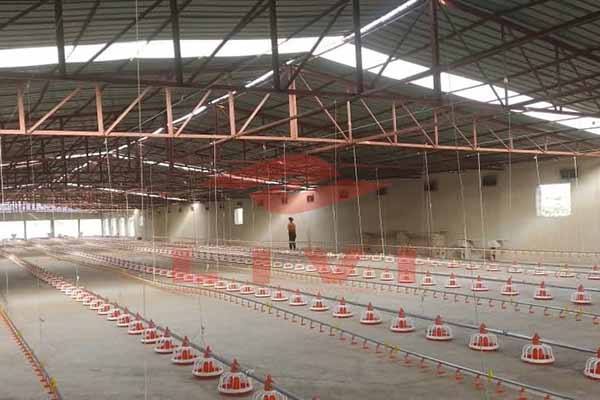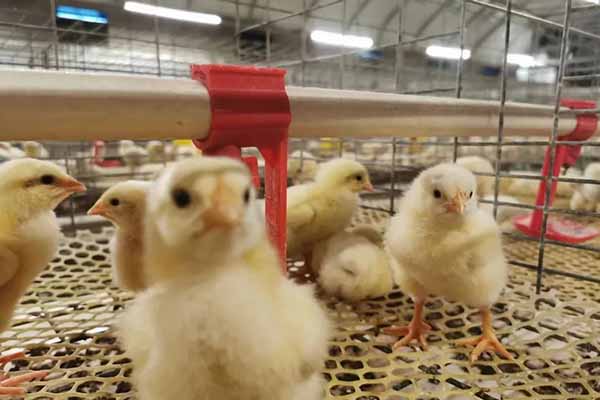High-Density Egg Cage Design: A Comprehensive Guide for Poultry Farm Owners and Investors
Introduction:
The success of a poultry farming business largely depends on efficient and modern equipment design. Among these, the high-density egg cage design has become a cornerstone for maximizing egg production while minimizing space usage. In this article, we will explore the intricacies of high-density egg cage design, its benefits, and how it impacts the overall poultry farming operation.

What is High-Density Egg Cage Design?
High-density egg cages are designed to house a large number of laying hens in a compact space. This innovative design maximizes the number of hens that can be housed within a given area, leading to increased production capacity without the need for additional land or facilities.
These cages are typically constructed using lightweight, durable materials that can withstand the demand s of commercial farming environments. They come in various sizes, ranging from 8 to 12 eggs per cage, ensuring optimal space utilization and ease of handling.
s of commercial farming environments. They come in various sizes, ranging from 8 to 12 eggs per cage, ensuring optimal space utilization and ease of handling.
Benefits of High-Density Egg Cages
- Increased Egg Production: By housing more hens per square foot, high-density egg cages allow for greater production volumes. According to the National Chicken Council, farms using high-density cages can achieve an average of 320 eggs per hen per year.
- Reduced Space Requirements: As these cages are designed to house multiple hens, they significantly reduce the space needed for the same number of birds. This is particularly beneficial for farmers with limited land resources.
- Enhanced Egg Quality: Properly designed high-density cages provide an optimal environment for hens to lay eggs, ensuring a high-quality product. Regular cleaning and maintenance also help prevent the spread of diseases among the flock.
- Cost-Effective: The initial investment in high-density egg cages is often offset by the increased production and reduced labor costs associated with a smaller flock size.
Design Considerations
When choosing a high-density egg cage design, there are several factors to consider:
- Cage Dimensions: The dimensions of the cage should be appropriate for the breed of hen, ensuring they have enough room to move comfortably and lay eggs easily.
- Egg Collection Mechanism: A reliable and efficient egg collection system is crucial for maintaining cleanliness and minimizing the risk of contamination.
- Airflow and Ventilation: Proper ventilation is essential to maintain a healthy environment for the hens, reducing stress and disease risk.
- Material and Durability: The cage should be made from durable materials that can withstand regular cleaning and disinfection.
Data to Consider:
| Number of Hens | Space per Hen (Sq. Ft.) | Egg Production (Avg. per Year) |
|---|---|---|
| 1,000 | 20 | 320,000 |
| 1,500 | 15 | 480,000 |
| 2,000 | 12 | 640,000 |
Conclusion:
High-density egg cage design is a vital component for maximizing production and profitability in the poultry farming industry. By understanding the benefits and considerations associated with these cages, farmers and investors can make informed decisions to enhance their operations.
For a free, professional egg cage design and equipment quote, please leave a comment below or contact us directly at livi mechanical.





